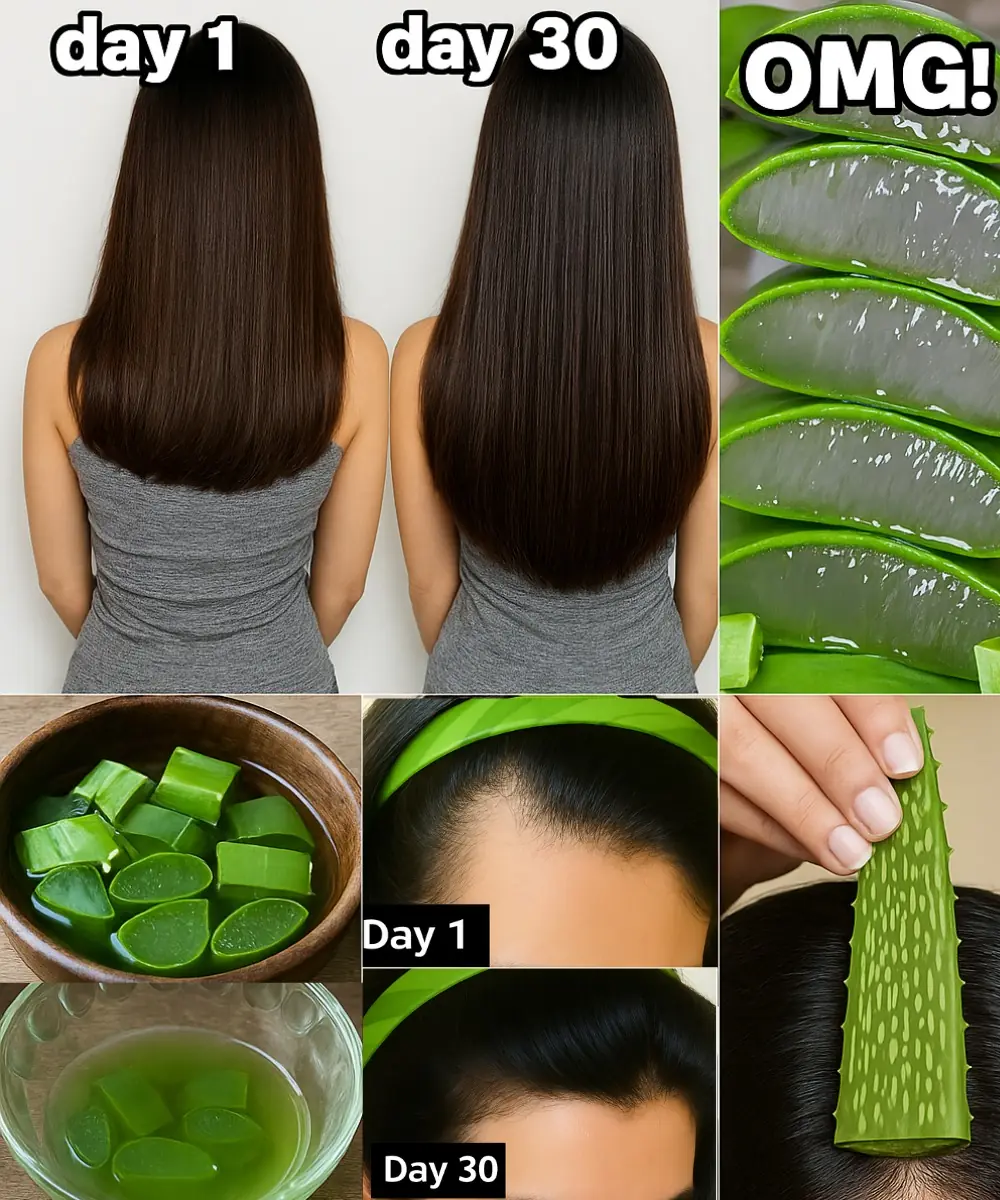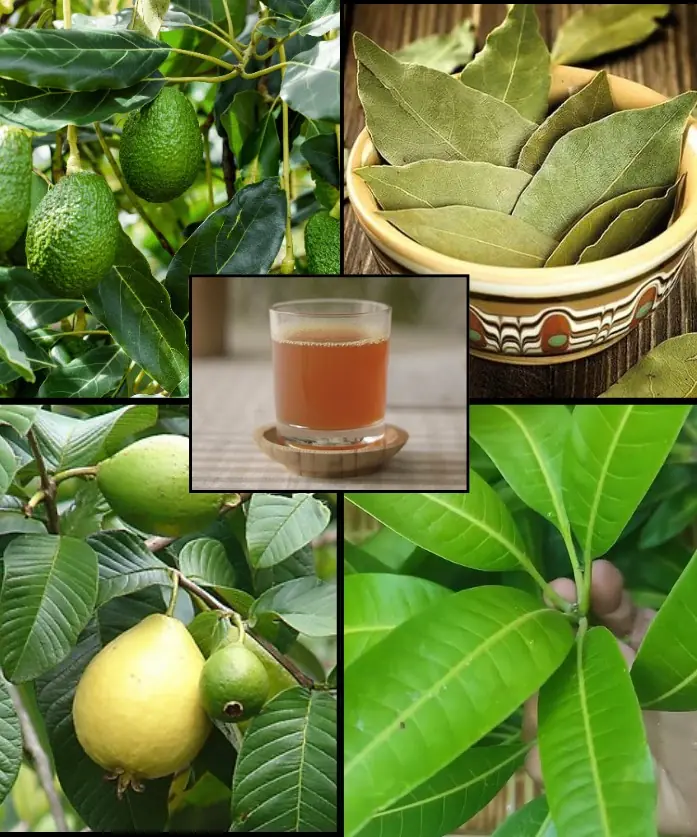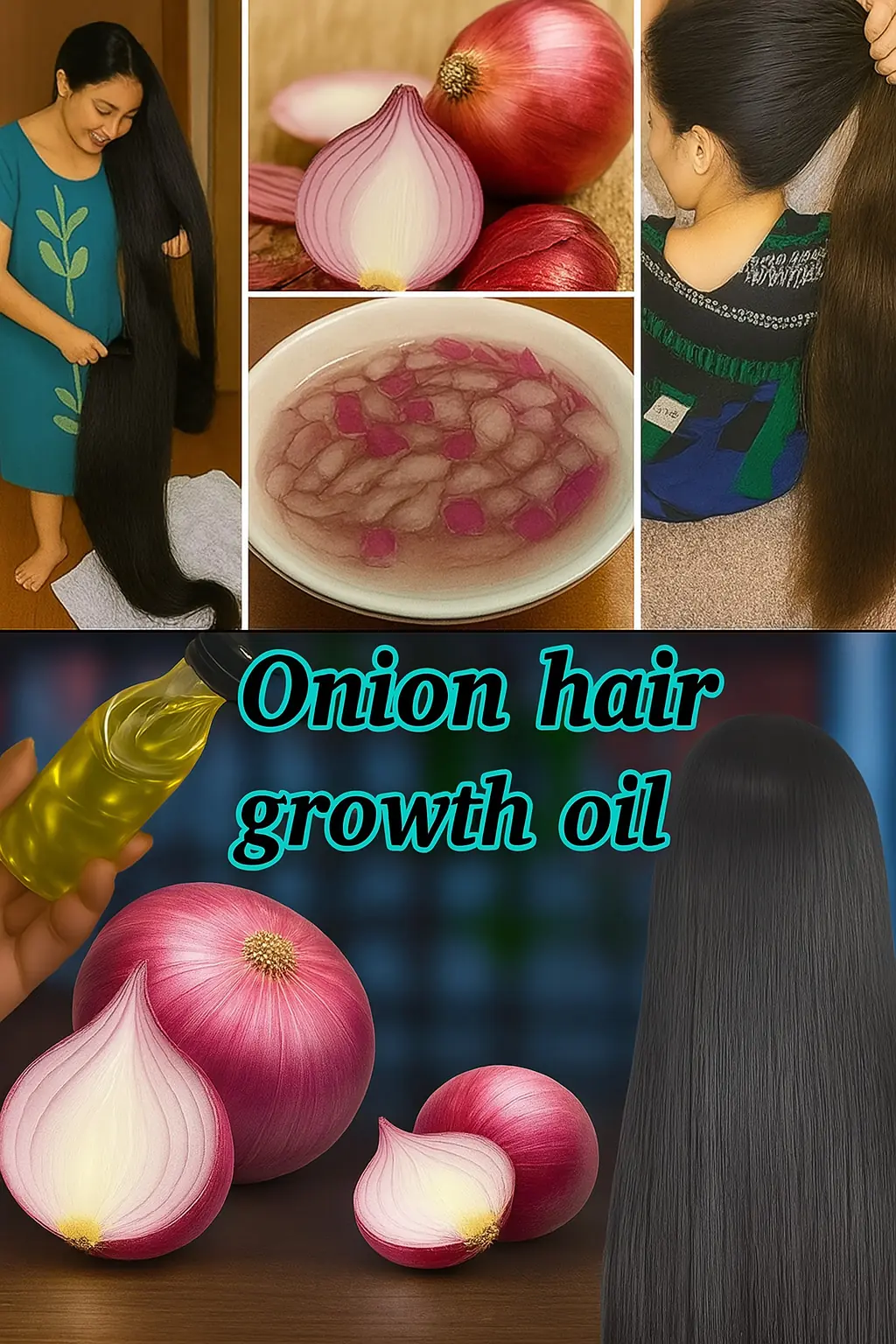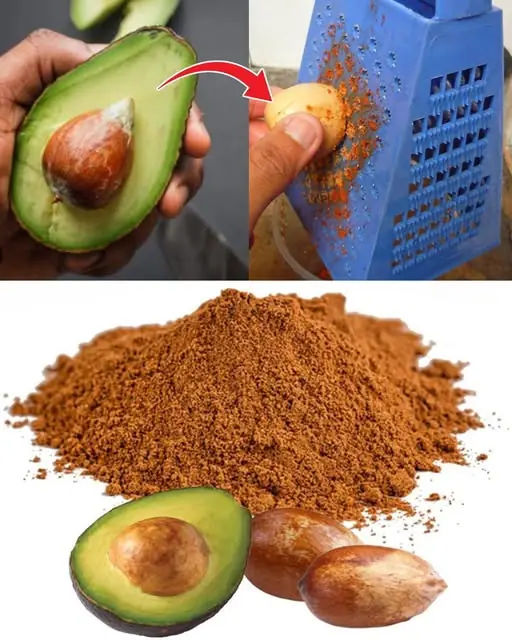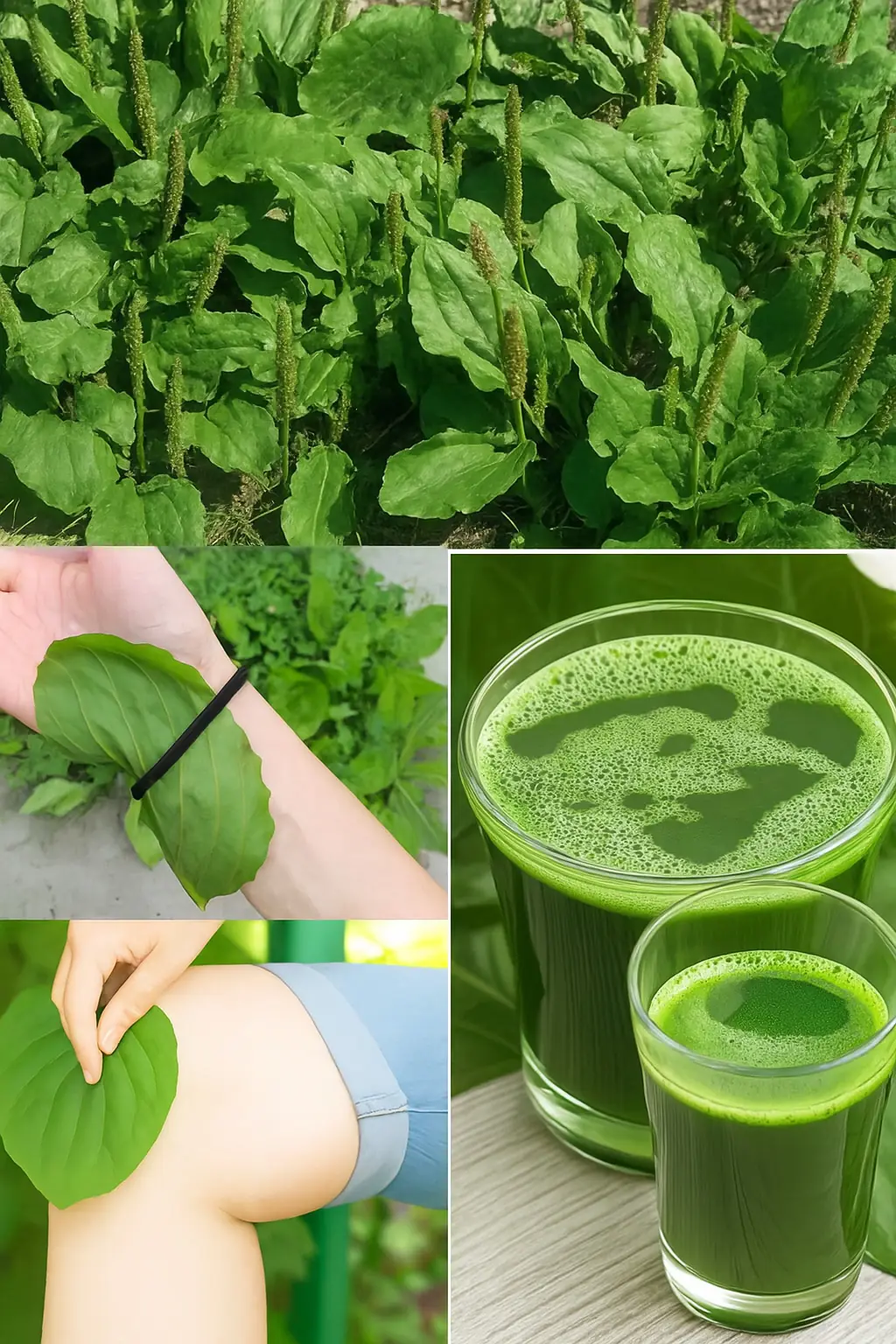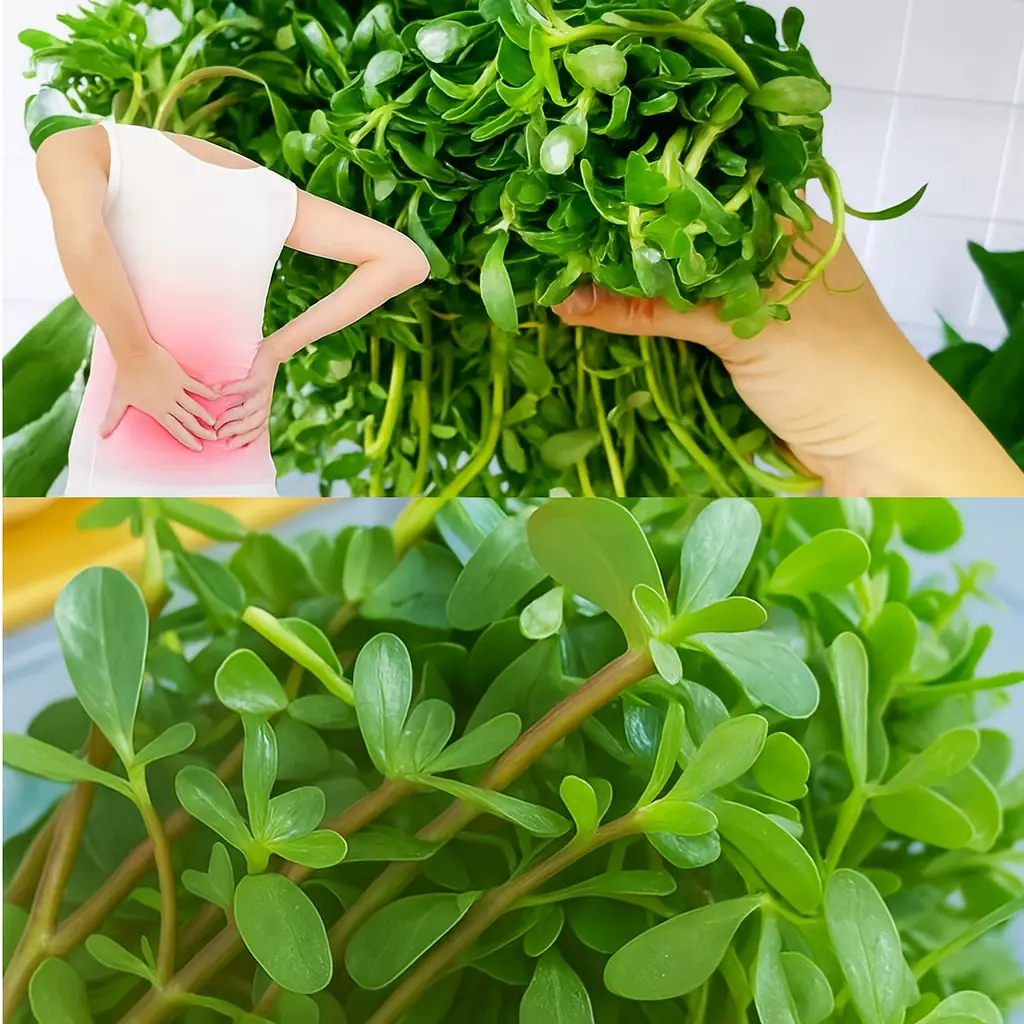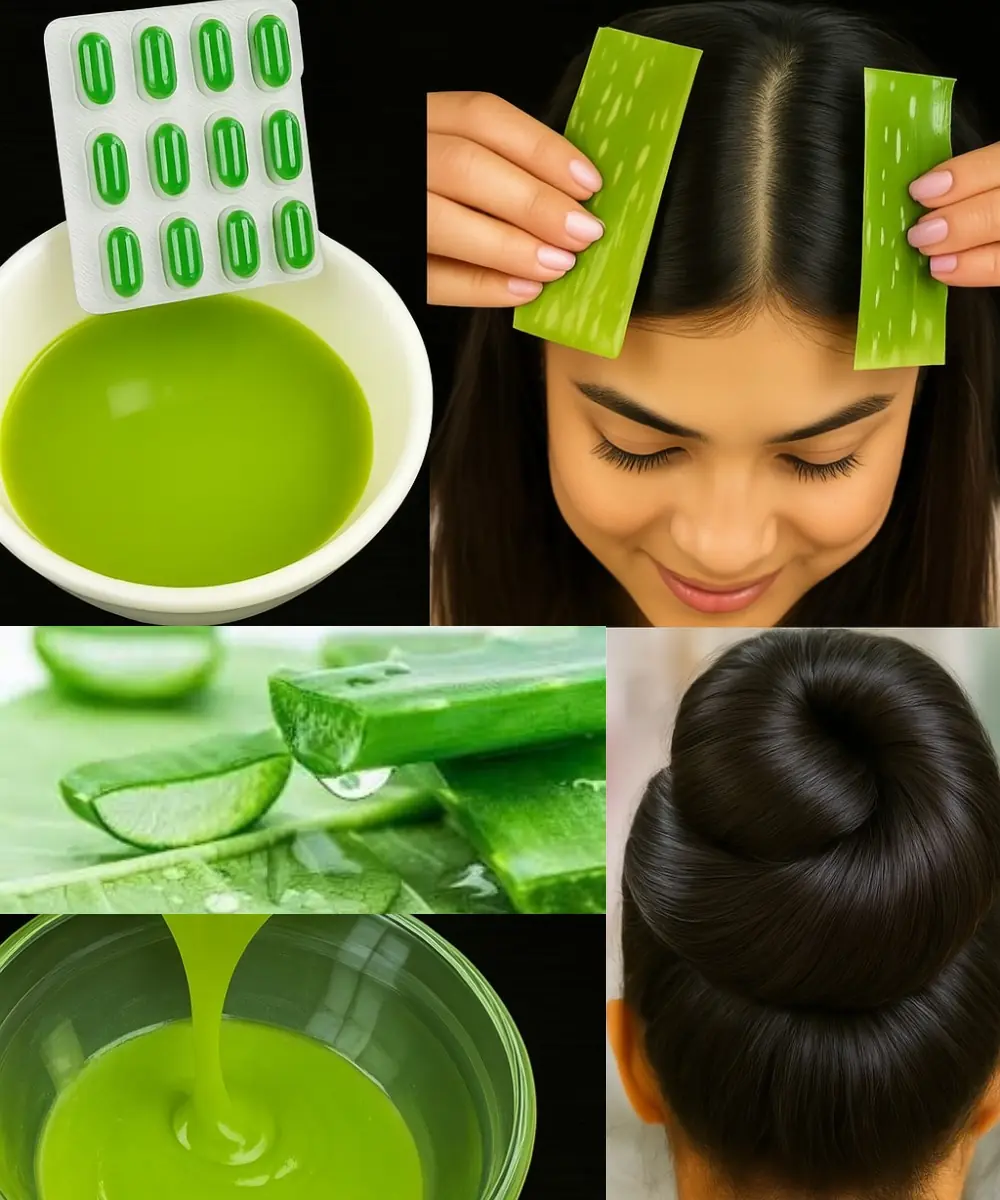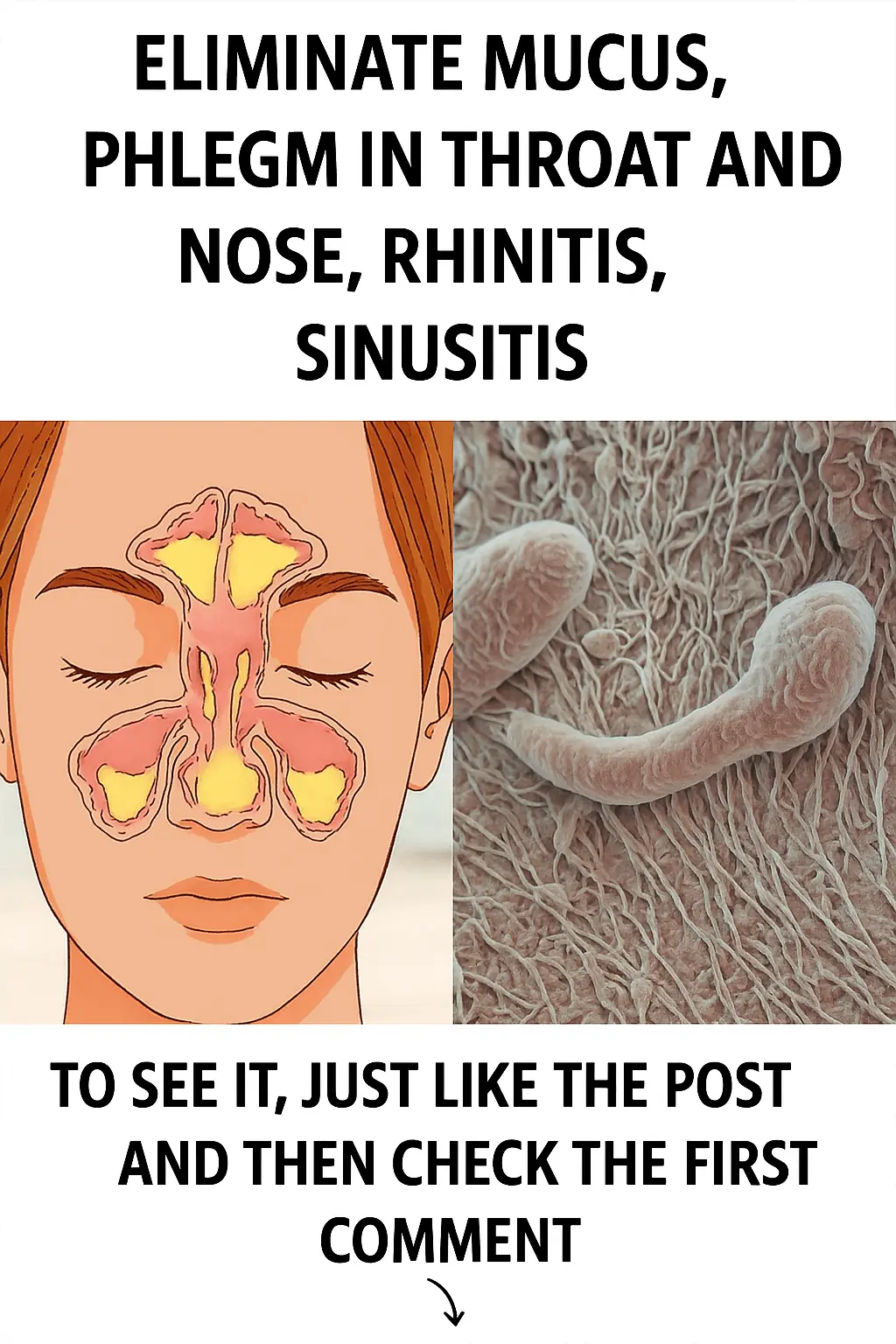
What if the secret to sharper vision and healthier eyes was hiding in your kitchen? Your eyes are your window to the world, tirelessly working to capture every moment, yet they often face strain from screens, pollution, and aging. Imagine a simple, natural way to nourish them, protect them, and keep them sparkling with vitality. Enter five extraordinary leaves—spinach, kale, collard greens, moringa, and parsley—each a nutritional powerhouse bursting with vitamins, antioxidants, and anti-inflammatory compounds. These aren’t just greens; they’re your ticket to safeguarding your vision and embracing a life of clarity. Ready to discover how these leaves can revolutionize your eye health? Let’s dive into a journey that’s as delicious as it is transformative.
Why Your Eyes Deserve These Leaves
Every day, your eyes battle blue light, oxidative stress, and the wear of time. The American Academy of Ophthalmology emphasizes that nutrients like lutein, zeaxanthin, and vitamins A, C, and E are vital for shielding your eyes from damage and maintaining sharp vision. These five leaves deliver those nutrients in abundance, offering a natural, affordable way to support your eyes. Whether you’re aiming to prevent age-related vision loss or simply want to feel refreshed, these greens are your allies.
🌱 What sets these leaves apart? They’re packed with science-backed compounds that target the root causes of eye strain and degeneration. From filtering harmful light to reducing inflammation, they work tirelessly to keep your eyes in top shape. Let’s explore each leaf, its unique benefits, and how to weave them into your daily routine for maximum impact.
The Science of Eye Health: Key Nutrients
Before we dive into the leaves, let’s unpack the nutrients that make them so effective:
Lutein and Zeaxanthin: These antioxidants act like sunglasses for your retina, filtering blue light and protecting against macular degeneration, per Harvard Health.
Vitamin A: Essential for a healthy cornea and low-light vision, says the National Institutes of Health.
Vitamin C and E: Powerful allies that reduce inflammation and guard against cataracts, according to the Mayo Clinic.
Now, let’s meet the leaves that deliver these nutrients in spades.
1. Spinach: Your Retina’s Best Friend
Spinach is a superstar for eye health, loaded with lutein, zeaxanthin, and beta-carotene (a precursor to vitamin A). Research in the Journal of the American Medical Association suggests that diets rich in these nutrients may slash the risk of age-related macular degeneration, a leading cause of blindness.
Why Spinach Shines
Shields the retina from blue light damage.
Boosts night vision with vitamin A.
Fights inflammation with antioxidants.
How to Savor Spinach
Smoothies: Blend spinach with mango, banana, and almond milk for a creamy, nutrient-packed drink.
Salads: Toss raw spinach with walnuts, strawberries, and balsamic vinaigrette.
Cooked: Sauté with garlic and olive oil for a quick side or stir into pasta.
🌟 Pro Tip: Pair spinach with healthy fats like avocado to enhance absorption of fat-soluble nutrients.
2. Kale: The Vision-Boosting Superstar
Kale’s vibrant green leaves are a treasure trove of lutein, zeaxanthin, and vitamin C. The Cleveland Clinic notes that these nutrients may reduce the risk of cataracts and macular degeneration, keeping your eyes sharp and healthy.
Why Kale Excels
High lutein levels protect retinal health.
Vitamin C strengthens eye blood vessels.
Antioxidants combat oxidative stress.
How to Enjoy Kale
Kale Chips: Bake with olive oil and sea salt for a crispy, guilt-free snack.
Smoothies: Blend with pineapple, Greek yogurt, and a splash of orange juice.
Stir-Fries: Add chopped kale to stir-fries with tofu or chicken.
🍃 Pro Tip: Massage kale with lemon juice and olive oil to soften its texture for salads.
3. Collard Greens: The Southern Secret for Vibrant Eyes
Collard greens, a beloved staple in Southern kitchens, are brimming with vitamin A, lutein, and vitamin E. The National Eye Institute highlights their role in protecting eyes from age-related damage and maintaining clear vision.
Why Collard Greens Matter
Vitamin A prevents dry eyes and supports the cornea.
Lutein and zeaxanthin block harmful light.
Vitamin E shields eye cells from free radicals.
How to Relish Collard Greens
Stewed: Simmer with onions and low-sodium broth for a soul-warming dish.
Wraps: Use blanched collard leaves as a low-carb wrap for hummus or grilled veggies.
Soups: Add chopped collards to lentil or minestrone soup.
🥬 Pro Tip: Lightly steam collards to preserve their nutrient potency.
4. Moringa Leaves: The Miracle Leaf for Eye Wellness
Moringa, often dubbed the “miracle tree,” is a nutritional dynamo packed with vitamins A, C, and E, plus antioxidants like quercetin. WebMD cites its potential to support eye health, making it a must-try for those seeking a nutrient boost.
Why Moringa Stands Out
Vitamin A enhances retinal function.
Antioxidants reduce eye inflammation.
Vitamin C supports collagen for healthy eye tissue.
How to Use Moringa
Tea: Steep dried moringa leaves in hot water for a calming, nutrient-rich drink.
Powder: Sprinkle moringa powder into smoothies, oatmeal, or soups.
Sautéed: Cook fresh moringa leaves with ginger and garlic for a flavorful side.
🌿 Pro Tip: Start with small amounts to adjust to moringa’s bold flavor.
5. Parsley: The Unsung Hero for Eye Comfort
Parsley is far more than a garnish—it’s a nutrient-dense herb rich in lutein, zeaxanthin, and vitamin C. The American Optometric Association notes its ability to protect against UV damage and support eye tissue health.
Why Parsley Delivers
Lutein and zeaxanthin reduce retinal damage risk.
Vitamin C maintains healthy eye blood vessels.
Anti-inflammatory properties soothe eye discomfort.
How to Enjoy Parsley
Salads: Mix fresh parsley into quinoa or tabbouleh salads.
Pesto: Blend with olive oil, pine nuts, and Parmesan for a vibrant sauce.
Garnish: Sprinkle over roasted veggies, eggs, or grilled fish.
🍴 Pro Tip: Opt for flat-leaf parsley for a milder, more versatile flavor.
How to Seamlessly Add These Leaves to Your Life
Incorporating these leaves into your diet is easier than you think. Here’s how to make them a daily habit:
Start Small: Sneak a handful of greens into dishes like scrambled eggs or casseroles.
Mix It Up: Combine spinach and kale in a smoothie or salad for a nutrient variety.
Prep Smart: Wash and chop leaves on the weekend for quick meal additions.
Get Creative: Experiment with herbs like parsley in sauces or moringa in baked goods.
🌈 The CDC recommends a colorful array of fruits and veggies daily to support overall health, including your eyes. These leaves make it easy to hit that goal.
The Science Behind the Benefits
Why do these leaves work so well? It’s all about their synergistic nutrients:
Blue Light Protection: Lutein and zeaxanthin in spinach, kale, and parsley filter harmful light, reducing strain from screens.
Inflammation Reduction: Vitamins C and E in moringa and collards calm inflammation, easing eye discomfort.
Vision Support: Vitamin A in all five leaves strengthens the cornea and enhances low-light vision.
Studies, like those from the National Eye Institute, show that diets rich in these nutrients may lower the risk of cataracts and macular degeneration, ensuring your eyes stay healthy for years to come.
Precautions for Safe Enjoyment
These leaves are generally safe, but a few tips ensure a worry-free experience:
Wash Well: Rinse leaves thoroughly to remove dirt or pesticides.
Test for Sensitivities: Moringa or parsley may cause reactions in some; start with small portions.
Check Medications: If you’re on blood thinners, consult your doctor about vitamin K-rich greens, per the Mayo Clinic.
Balance Intake: Moderation prevents digestive discomfort.
Beyond Diet: A Holistic Approach to Eye Health
While these leaves are phenomenal, pairing them with healthy habits amplifies their impact. The American Academy of Ophthalmology suggests:
Sunglasses: Wear 100% UVA/UVB-blocking lenses to shield eyes from sun damage.
Screen Breaks: Use the 20-20-20 rule—every 20 minutes, look 20 feet away for 20 seconds.
Hydration: Drink water to keep eyes moist and comfortable.
Eye Exams: Schedule annual checkups to catch issues early.
Real Stories, Real Impact
People are raving about the difference these leaves make. Lisa, a 38-year-old graphic designer, shared, “Adding kale and spinach smoothies to my mornings reduced my eye strain from long screen hours.” Meanwhile, Raj, a 60-year-old retiree, noticed clearer vision after incorporating moringa tea into his routine. These stories show the power of simple, natural choices.
Why You Should Start Today
Your eyes deserve the best, and these five leaves—spinach, kale, collard greens, moringa, and parsley—offer a delicious, natural way to protect them. Backed by science and easy to incorporate, they’re a small change with big rewards. Whether you’re blending a smoothie or tossing a salad, each bite brings you closer to vibrant, healthy eyes.
🌟 Ready to see the world more clearly? Pick one leaf, try a recipe, and start your journey to better eye health today. Your eyes will thank you, and you’ll love the energy and vitality that come with it.
Let’s Get Cooking!
Which leaf are you excited to try first? Blend a spinach smoothie, bake some kale chips, or sip moringa tea—whatever you choose, you’re taking a step toward brighter vision. Share your favorite recipe with a friend or drop it in the comments below. Here’s to healthy eyes and a healthier you!



